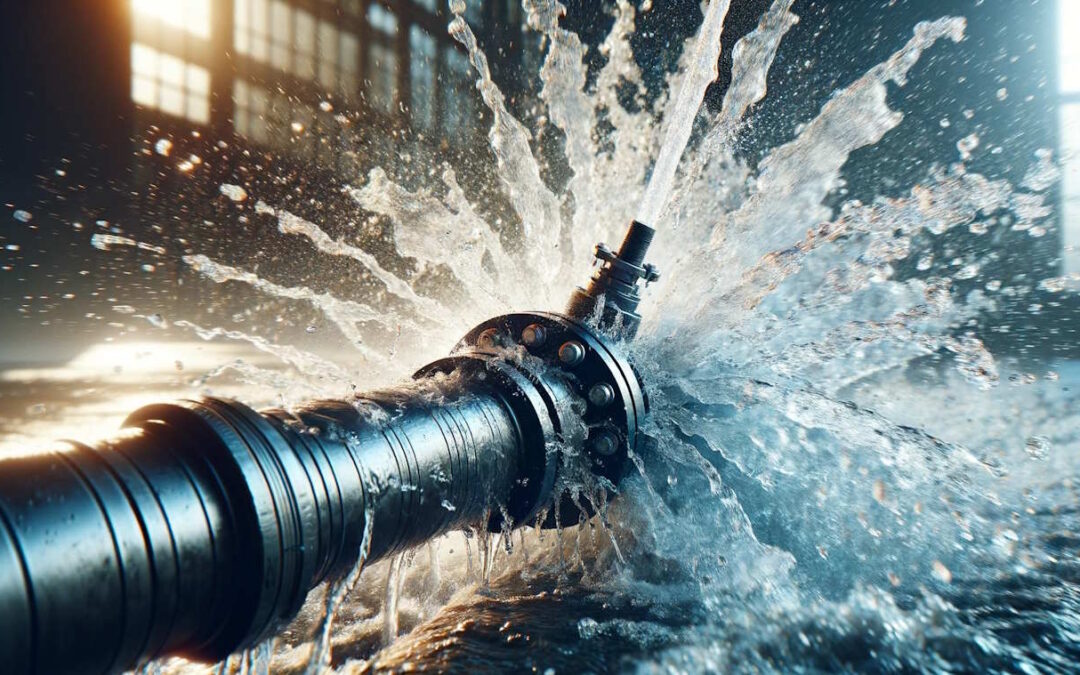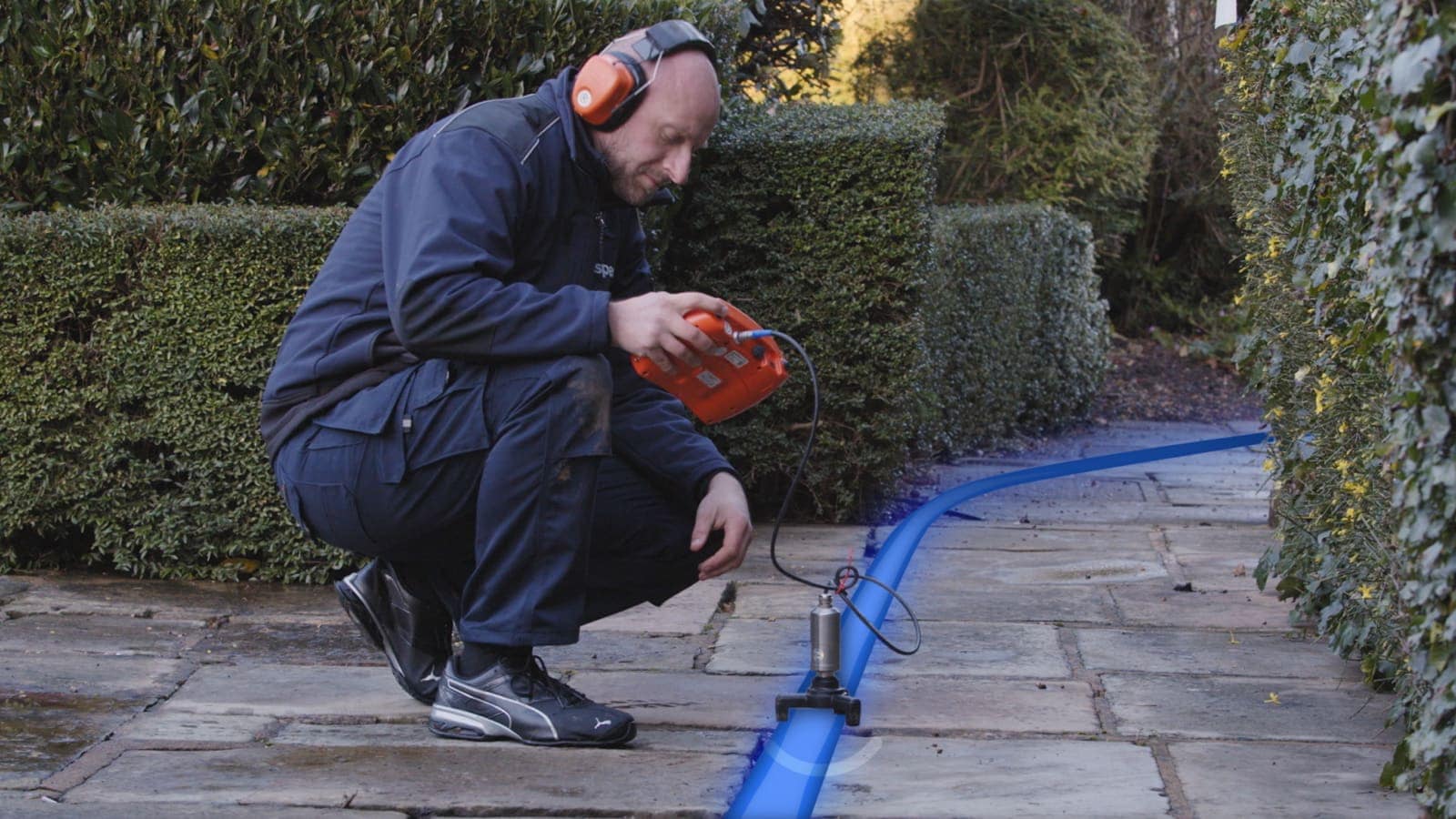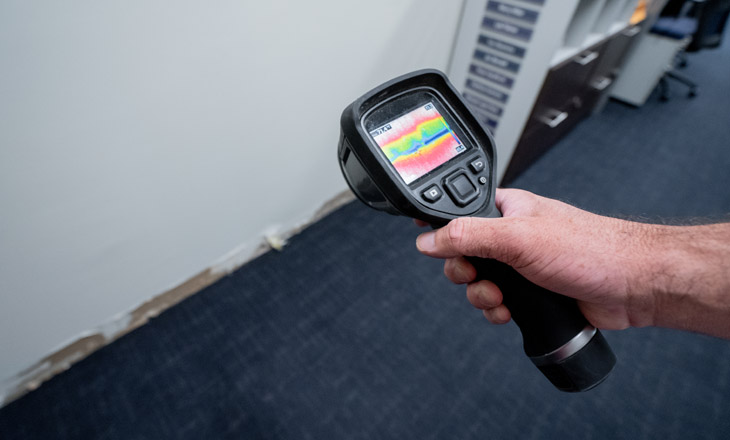Ingenious Solutions for Very Early Detection of Water Leakages in Structures and Facilities
As the stability of structures and framework is critical, the difficulty of very early detection of water leaks has spurred innovative options that promise to reinvent the way we secure against potential damages. From innovative leakage discovery innovations to the release of IoT sensors for real-time tracking, the landscape of leak prevention is evolving quickly. Artificial intelligence formulas use a peek into the future of leakage forecast, while thermal imaging presents a non-intrusive technique for identifying surprise leaks. Automated water flow analysis systems are improving exactly how leaks are determined and addressed, leading the way for an aggressive method to water leakage detection. Each of these options holds the essential to making certain the reliability and longevity of our constructed setting, motivating a shift towards an extra lasting and effective future.
Advanced Leak Detection Technologies
Advanced leak discovery technologies, geared up with advanced sensing units and algorithms, play an essential role in promptly recognizing and identifying water leaks in numerous setups. These innovations use a combination of acoustic, thermal, and electro-magnetic sensing methods to spot leaks precisely. Acoustic sensors identify the sound of escaping water, permitting for specific localization of the leak source. Thermal imaging detects temperature level changes triggered by water leak, supplying one more effective approach for leak recognition. Electro-magnetic sensors can identify changes in electro-magnetic fields created by water, using yet another layer of leakage detection capacity.

IoT Sensors for Real-Time Monitoring
In the realm of contemporary water leak discovery, the combination of IoT sensors for real-time tracking stands for a crucial innovation in enhancing proactive leak detection abilities. These sensing units supply continuous monitoring of water systems, offering real-time data on water flow rates, pressure variations, and temperature modifications. By leveraging IoT modern technology, these sensing units can find also the tiniest abnormalities in water usage patterns, allowing very early recognition of potential leaks before they escalate into significant concerns.
IoT sensing units send information to a centralized platform, where advanced formulas assess the details and create signals or alerts when abnormalities are identified. This real-time surveillance ability enables homeowner or center supervisors to immediately resolve leakages, lessening water damages, decreasing repair costs, and conserving water sources.
In addition, IoT sensors can be incorporated with structure administration systems, enabling computerized actions to discovered leaks, such as closing off water valves or activating pumps to minimize the effect of leaks. On the whole, the application of IoT sensors for real-time surveillance substantially improves the performance and efficiency of water leak discovery in buildings and facilities.
Device Understanding Algorithms for Leak Forecast

One key advantage of utilizing artificial intelligence for leak forecast is its ability to continually learn and improve its accuracy with time. As even more data is accumulated and fed into the formula, it can refine its forecasts and adapt to changing conditions, ultimately boosting the reliability of leakage detection systems.
In addition, maker learning formulas can help in recognizing subtle indications of leaks that may go undetected by standard tracking approaches. water leak detection. By examining intricate data embed in real-time, these algorithms can offer very early warnings and informs, enabling punctual intervention and precautionary upkeep to mitigate prospective water damages and associated expenses
Using Thermal Imaging for Leak Discovery
Thermal imaging innovation uses an encouraging strategy for detecting water leaks in different systems and facilities. By using infrared radiation and temperature variations, thermal imaging cams can determine concealed leaks that are not quickly visible you can check here to the naked eye.
One of the essential advantages of thermal imaging for leakage discovery is its non-intrusive nature. Unlike typical approaches that might require burglarizing wall surfaces or floorings to find leaks, thermal imaging allows for non-destructive testing. This not just conserves time and minimizes costs but additionally decreases interruption to the building or infrastructure being assessed. In addition, thermal imaging can swiftly check big areas, giving a comprehensive review of prospective leak resources in a timely manner. Generally, using thermal imaging technology boosts the effectiveness and accuracy of water leakage detection, making it a valuable device for preserving the integrity of buildings and infrastructures.
Automated Water Flow Evaluation Systems
Exactly how can automated water flow evaluation systems reinvent the detection and administration of leaks in different systems and frameworks? Automated water flow evaluation systems offer a positive strategy to leakage discovery by continuously checking water flow rates and patterns. By developing baseline data, these systems can promptly identify deviations that may show a leak, allowing punctual treatment to avoid considerable damage.
These systems make use of advanced algorithms to examine real-time information and provide instant informs when abnormalities are discovered, permitting swift activity to be taken. In addition, computerized water flow analysis systems can be integrated with building administration systems or IoT systems, boosting total performance and allowing remote tracking abilities.
Furthermore, the information accumulated by these systems can be made use of for predictive maintenance purposes, helping to identify possible weak factors in the framework prior to leaks occur. Overall, the implementation of automatic water circulation analysis systems can considerably improve leak discovery and administration techniques, eventually causing set you back savings, reduced water wastefulness, and boosted sustainability in buildings and infrastructure.

Verdict
Finally, the assimilation of sophisticated leakage discovery modern technologies, IoT sensors, artificial intelligence formulas, thermal imaging, and automatic water circulation evaluation systems uses innovative services for very early discovery of water leaks in structures useful site and infrastructure. These modern technologies enable real-time tracking, forecast of leaks, and efficient discovery methods to stop water damages and wastefulness. Executing these remedies can aid in keeping the stability and sustainability of water supply in numerous setups.